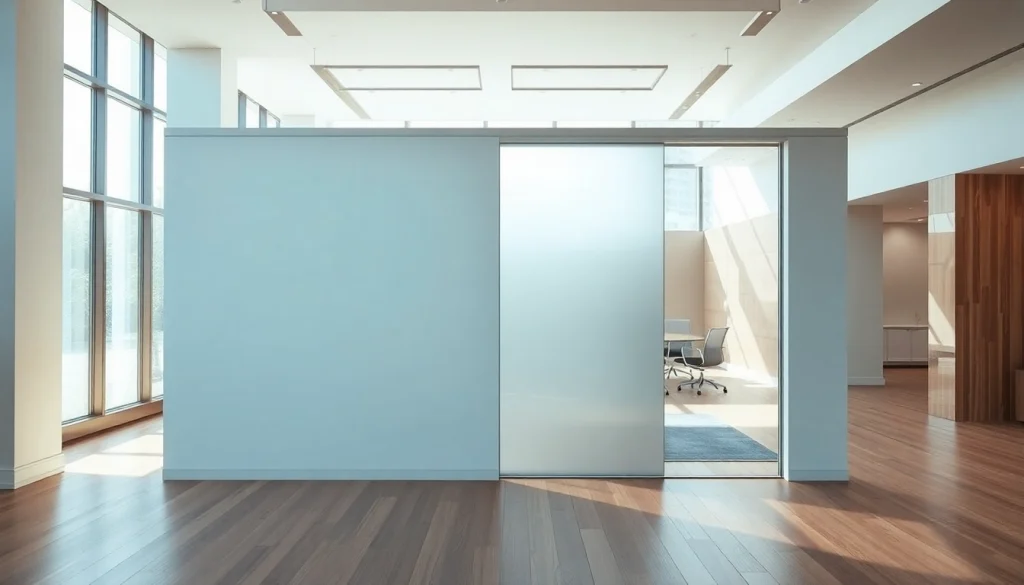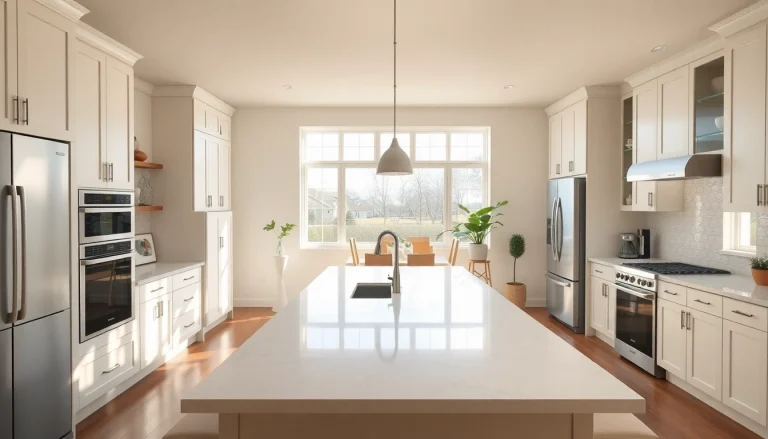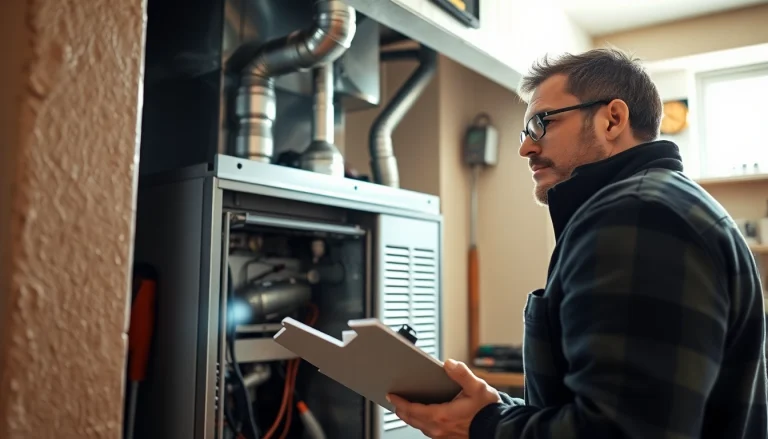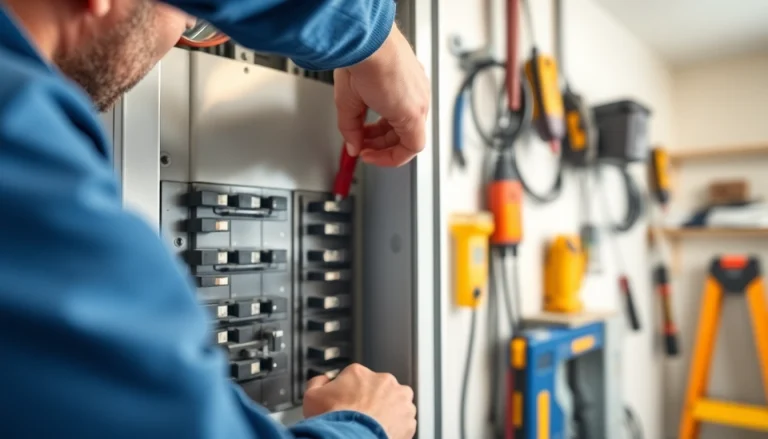
Understanding the Sliding Partition Wall
What is a Sliding Partition Wall?
A sliding partition wall is an innovative design solution that allows for the flexible use of space within interiors. Essentially, these are movable wall systems that can be slid aside to create an open space or closed off to provide privacy or separation. Often employed in both residential and commercial settings, sliding partition walls can transform a room from one function to another with ease and efficiency. Their design offers both aesthetic appeal and practical functionality, making them a popular choice in modern architecture and interior design.
Key Benefits of Installing Sliding Partition Walls
Installing sliding partition walls provides several key advantages, including:
- Space Optimization: Sliding walls can maximize the use of available floor area. By allowing spaces to be divided or merged as needed, they help you get the most out of limited square footage.
- Flexibility: These walls can easily adapt to various uses from creating temporary meeting rooms to transforming large living areas into cozy enclaves, making them ideal for dynamic environments.
- Enhanced Privacy: When closed, sliding walls can create quieter, private areas, beneficial for activities requiring focus, such as work or study.
- Aesthetic Appeal: Modern sliding partitions come in a variety of designs and materials that can enhance the overall look and feel of a space.
- Cost-Effective: Compared to traditional construction, installing a sliding partition is often less invasive and more budget-friendly, allowing for swift space modifications without extensive renovation.
Types of Sliding Partition Walls
Sliding partition walls come in various types, each featuring unique mechanisms and aesthetic styles to cater to different needs:
- Single Track Sliding Systems: These systems operate on a single overhead track, allowing a sliding panel to move side-to-side. They are commonly used in lighter applications.
- Double Track Systems: Offering the ability to slide two panels, double track systems provide a wider opening and can accommodate heavier materials.
- Modular Wall Systems: These are designed for commercial applications where spaces are frequently reconfigured. They can be composed of panels that can be assembled and disassembled easily.
- Acoustic Sliding Walls: These specialized walls are designed to reduce noise between spaces, making them perfect for conference rooms or multi-functional public areas.
- Glass Sliding Panels: Featuring transparent materials, glass panels allow light to flow through spaces while still providing some level of separation, enhancing both aesthetics and functionality.
Design Considerations for Sliding Partition Walls
Choosing the Right Style for Your Space
When selecting a sliding partition wall, the style must complement the overall design of the space. Consider the following:
- Architectural Style: Ensure the design of the sliding wall aligns with the architectural style of the building, whether it be modern, minimalist, industrial, or traditional.
- Theme and Color: Choose colors and finishes that blend with existing decor while allowing the wall to stand out as a design feature if desired.
- Functionality: Think about usability—if it’s frequently moved, ensure the design allows for easy operation.
- Glass vs. Solid Panels: Decide whether to use glass, which may provide transparency and light, or solid panels, which can add texture and privacy.
Materials and Finishes: What Works Best?
Choosing the right materials and finishes is crucial for ensuring durability, functionality, and aesthetics. Consider the following options:
- Wood: Provides a traditional look and feel, easily customizable with stains or paints.
- Metal: Offers a sleek, modern appearance with sturdiness, often suited for commercial environments.
- Glass: Ideal for maintaining open visibility and light flow, but the weight and thickness must be considered for support.
- Composite Materials: Often more cost-effective, providing the appearance of wood or metal with added benefits of lighter weight.
Integrating Lighting with Sliding Partition Walls
Lighting plays an essential role in enhancing the functionality and beauty of sliding partition walls. Here are some considerations:
- Natural Light: Ensure that the position of sliding walls allows for maximum natural light ingress, promoting a bright and welcoming environment.
- Built-in Lighting: Consider integrating LED strips along the edges of the panels for ambient lighting that enhances easy navigation and highlights design features.
- Adjustable Ambient Lighting: Pair the partition with adjustable lighting to change the mood of the space based on the activity taking place.
Installation Process of Sliding Partition Walls
Planning Your Space and Measuring
Before installation, thorough planning and precise measurements are crucial. Follow these steps:
- Define Purpose: Clarify the functions that the sliding wall will serve, whether it’s for privacy, sound dampening, or aesthetics.
- Measure Dimensions: Use a tape measure to ascertain the length and height of the wall area to ensure a perfect fit.
- Consider Track Placement: Determine the best placement for the sliding track, keeping in mind both operational ease and aesthetic considerations.
- Design Layout: Sketch the desired layout, including door swings and accessibility considerations.
DIY vs. Professional Installation
The decision to install sliding partition walls as a DIY project or to hire professionals should depend on several factors:
- Skill Level: Evaluate your own skills in carpentry and installation; complex systems may be better left to professionals.
- Tools Required: Ensure you have the necessary tools, from drills to levelers, to execute the installation successfully.
- Time Constraints: Professional installers can often complete the job quicker than self-installation, which may require more time and troubleshooting.
- Cost Consideration: While DIY can save money, improper installation can lead to additional costs down the line for repairs.
Common Installation Mistakes to Avoid
Being mindful of potential pitfalls can streamline the installation process:
- Inaccurate Measurements: Double-check all dimensions before ordering materials to avoid unneeded expenses.
- Improper Track Installation: Ensure that the track is securely fastened and level to prevent the partition from operating poorly.
- Neglecting to Test Functionality: Before finishing up, test the sliding wall multiple times to ensure smooth operation and make adjustments as required.
Maintenance and Care for Sliding Partition Walls
Cleaning and Upkeep Tips
Regular maintenance will help keep sliding partition walls functional and looking great. Here are some tips:
- Regular Dusting: Use a soft cloth or feather duster to regularly remove dust and debris from both the panels and tracks.
- Surface Cleaning: For wooden panels, use a gentle cleanser suitable for wood; for glass, a standard glass cleaner will suffice.
- Check for Obstructions: Regularly inspect the track for any obstructions that may hinder movement and clear them promptly.
Identifying Wear and Tear
Be vigilant in noticing signs of wear that may indicate a need for repairs:
- Worn Tracks or Hardware: If the wall is sticking or moving unevenly, the tracks or rolling mechanisms may need either lubrication or replacement.
- Visible Damage to Panels: Dents, scratches, or cracks may require repairs to prevent further deterioration.
- Loose or Missing Fixtures: Any loose hardware should be tightened, and missing pieces replaced to ensure functionality.
When to Call a Professional for Repairs
Certain situations may require a professional’s expertise, including:
- Complex Mechanical Issues: If the wall is not functioning smoothly despite regular maintenance, consult a professional.
- Severe Damage: Extensive damage to the wall itself or the track may necessitate replacement or structural intervention by an expert.
- Installation of New Systems: If you’re looking to install a new system, or modify an existing one, hiring a qualified installer can ensure success.
Real-Life Applications and Case Studies
Residential Uses of Sliding Partition Walls
In residential settings, sliding partition walls are gaining traction for several reasons:
- Creating Dual-Functional Rooms: Families often use sliding walls to convert larger living rooms into smaller, functional spaces as needed, whether it’s for hosting guests or creating play areas for children.
- Study and Home Office Spaces: For remote workers, a sliding partition can easily transform a bedroom into a temporary home office without the need for permanent walls.
Commercial Spaces: Agile Work Environments
Businesses are increasingly utilizing sliding partition walls to foster flexibility:
- Flexible Conference Rooms: Offices can quickly adjust the size of meeting areas based on team sizes using sliding walls, facilitating different types of gatherings.
- Retail Environments: Stores are employing adjustable partitions to change displays or create temporary sales areas effectively.
Innovative Examples from Leading Brands
Several brands stand at the forefront of innovative sliding partition wall design:
- Raydoor: Known for stunning glass sliding walls that enhance modern aesthetics while providing excellent functionality.
- Versare Solutions: Offers operable walls with various customizations to suit both residential and commercial needs, promoting versatile space management.
- Häfele: Provides comprehensive hardware systems that are pivotal in constructing moveable partitions, ensuring top-notch performance and convenience.






